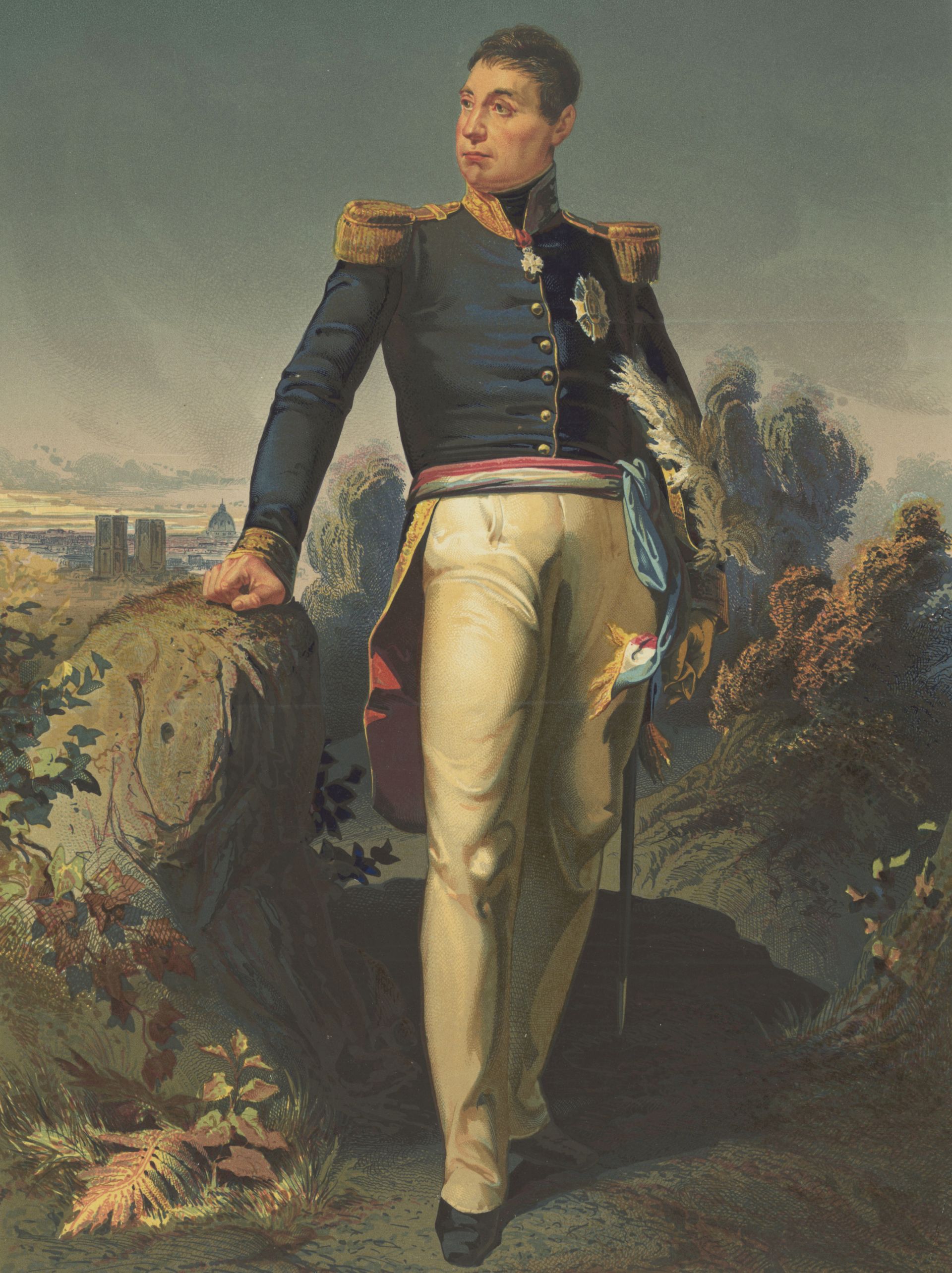Authors:
Historic Era: Era 3: Revolution and the New Nation (1754-1820s)
Historic Theme:
Subject:
Summer 2024 | Volume 69, Issue 3


Authors:
Historic Era: Era 3: Revolution and the New Nation (1754-1820s)
Historic Theme:
Subject:
Summer 2024 | Volume 69, Issue 3
Editor’s Note: Elizabeth Reese is the author of the recently published book, Marquis de Lafayette Returns: A Tour of America's National Capital Region. She also serves as chair of The American Friends of Lafayette Bicentennial Committee for Washington, D.C. and is pursuing a graduate degree in history at Gettysburg College.
When the Marquis de Lafayette sailed into New York Harbor in August 1824, the entire city came out to greet him. Tens of thousands of spectators crowded the shoreline at Castle Clinton, the southernmost point of the island of Manhattan, to watch him set foot on American soil for the first time in 40 years.

As the 66-year-old hero of the American Revolution descended from the ship that had carried him back across the waves to the shores of the nation he had selflessly served as a young man, a roar crescendoed from his admirers. For the next 13 months, Lafayette would travel to each state in America, welcomed by cheering crowds everywhere.
The year 1824 found the United States on the cusp of a monumental celebration; the 50th anniversary of the Declaration of Independence was on the horizon, and Americans were buzzing with patriotic excitement. Only ten years earlier, America had been at war with Great Britain again; the presidential mansion (renamed the White House after its restoration) the Capitol, the Navy Yard, and other federal buildings were burned by the invaders. And Lafayette had experienced his own struggles after the Americans achieved independence, surviving the turbulent years of the French Revolution in solitary confinement and then in exile in Olmutz, in what is now the Czech Republic.
After touring the northeastern states, the marquis arrived in Washington, D.C. on October 12, 1824. A far cry from the sprawl of elegant marble Romanesque buildings of today, the city was largely confined to the area later known as Capitol Hill. The carriage route from Baltimore to the capital featured unpaved roads, sparse lodging, and farmland.
Lafayette’s valet, Auguste Levasseur, wrote in his journal that he was less than impressed with their entrance into Washington: “Drawn on a gigantic scale, the plan of Washington cannot be filled out for a century. Only the space separating the Capitol Building from the President’s House is inhabited, and this space has already formed a medium-sized town.”
The parade into the District of Columbia was a military procession fit for a president, stretching from the city limits bordering Prince George’s County, Maryland all the way to the Capitol. Over 1200 volunteer troops from Washington, Alexandria,